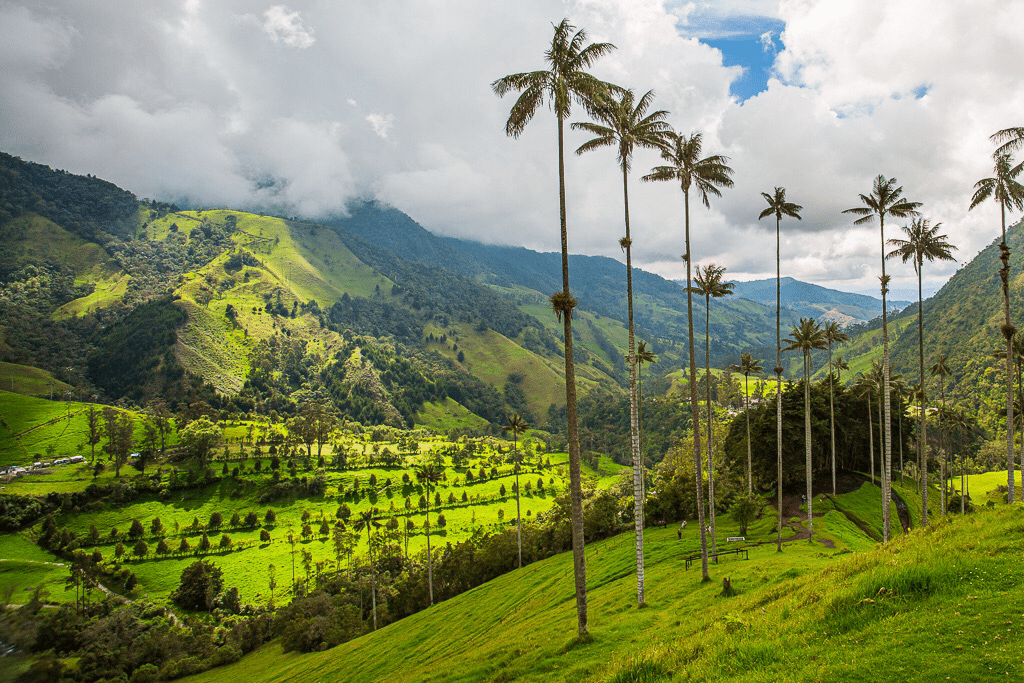
MAGIC OF COLOMBIA
Colombia … It is so hard to describe this country in just a few concise sentences. It seems to have everything a wandering soul would desire: beautiful architecture, captivating but tragic and painful history, pre-Columbian sites, beautiful colonial towns, great beaches, volcanoes, snow peaks, glaciers, amazing birds, Amazon jungle, more than 40 national parks, world’s third-largest coral reef, art, and music everywhere and very friendly people.
It even has a lost city that requires a six-day trek through the jungle to see it. It often defies imagination quite like its most famous author, Gabriel García Márquez did in One Hundred Years of Solitude with its tragic and poetic tale of resilience and ultimate demise. It is s a country whose richness proved to be both a blessing and a curse, whose struggles and cycles of violence seem never-ending. And still, its younger generation is trying to break that cycle with art and music. Is there hope?
Reliving the turbulent history in the streets and the fortress of Cartagena, soaking in its beautiful sunsets, savoring the exotic fruits we never tried or even heard of before, visiting idyllic places of the coffee triangle as well as five different ecosystems, and then riding the cable car above Medellin and seeing the impossible transformation of that city and talking to forward-looking Colombians like our Comuna 13 guide who said most of his friends were long dead was both hard to fathom and inspiring at the same time.
We can only hope that it holds a better future for its wonderful people devastated by the civil war, drug cartels, and paramilitaries. We also hope that this great diversity of nature will not be destroyed by emerging tourism and commercialization as Colombia currently captures second place in biodiversity in the world.
This has been a journey that constantly challenged our stereotypes and preconceptions, both emotionally inspiring and harrowing, visually stunning, leaving an unforgettable mark and an urge to come back. What a magical combination of culture, history, natural beauty, hope, and despair! An embodiment of that ultimate hope and despair is Medellin’s Comuna 13 where all of this has been poured into street art. Sadly some of the artists had been killed for trying to pull the youths out of the circle of poverty and violence.
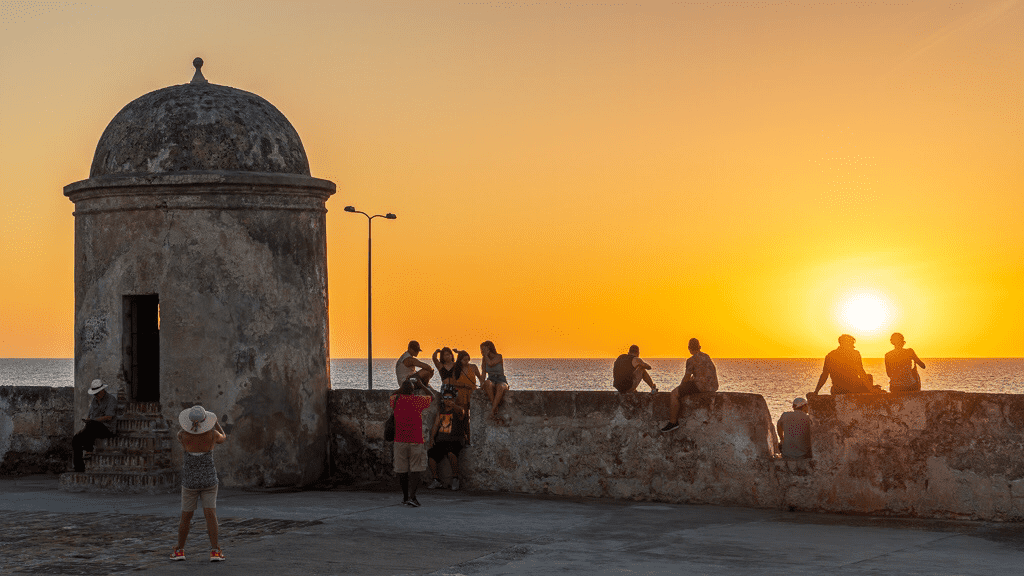
CITY OF CARTAGENA
Cartagena, one of the oldest cities in Latin America, was founded in 1533 by Spanish Commander Pedro de Heredia, who took over an abandoned Caribbean village known as Calamarí and started building a settlement of his own. It’s a combination of the historic walled city, a castle built in the 17th century by the king of Spain, and the ultra-modern skyscraper-filled Bocagrande. The city had been a hub for the slave trade, it had been invaded and sacked many times for its riches by both the British and French, and its story is also a story of survival and rebirth. It was the first to win independence from Spain in 1811, only to be again invaded by Spain and to finally win its independence in 1821.
Cartagena had not treated its heroes kindly. The story of Blas de Lezo who was decisive in winning the battle against the British Admiral Vernon is one of those hard-to-fathom stories. An interesting fact is that George Washington’s estate was named Mount Vernon after the admiral. Washington’s half-brother at some point had served under Vernon. De Lezo was called half a man because he lost an eye, an arm, and a leg in previous battles. He was David to Vernon’s Goliath, charged with defending the city with only six ships. Spain had ultimately won the battle against the British against all odds in part because De Lezo had sunk his ships in the Cartagena harbor to buy time and as a result, a lot of British troops had succumbed to yellow fever and other diseases during the siege.
De Lezo died of typhus four months after winning the battle, and the site of his grave remains unknown. He was honored later for his part in the siege of Cartagena de Indias and a square and an avenue in the city of Cartagena was named after him.
Another hero, Bolívar, had succeeded in uniting much of South America in a federation free from Spanish control. A Venezuelan aristocrat, having been one of the wealthiest persons within the Spanish American world at the beginning of the revolution, he died in poverty and obscurity in Santa Marta, Colombia.
Cartagena is a real delight. Walking its colorful streets, visiting the historic walled city and the castle, and museums, taking a boat ride to nearby Rosario islands, enjoying street art and music of Getsemani district, and tasting all the exotic fruits and foods it has to offer makes it a never-ending feast for all senses. It’s one of South America’s most beautiful cities as long as you can stand the heat of the Caribbean sun.
Images below capture the beauty of Cartagena at different times of day, its walled city, its artsy Getsemani district, and Castillo de San Felipe de Barajas, built by the Spanish during the colonial era. The last two pictures are of our trip to Rosario Islands.

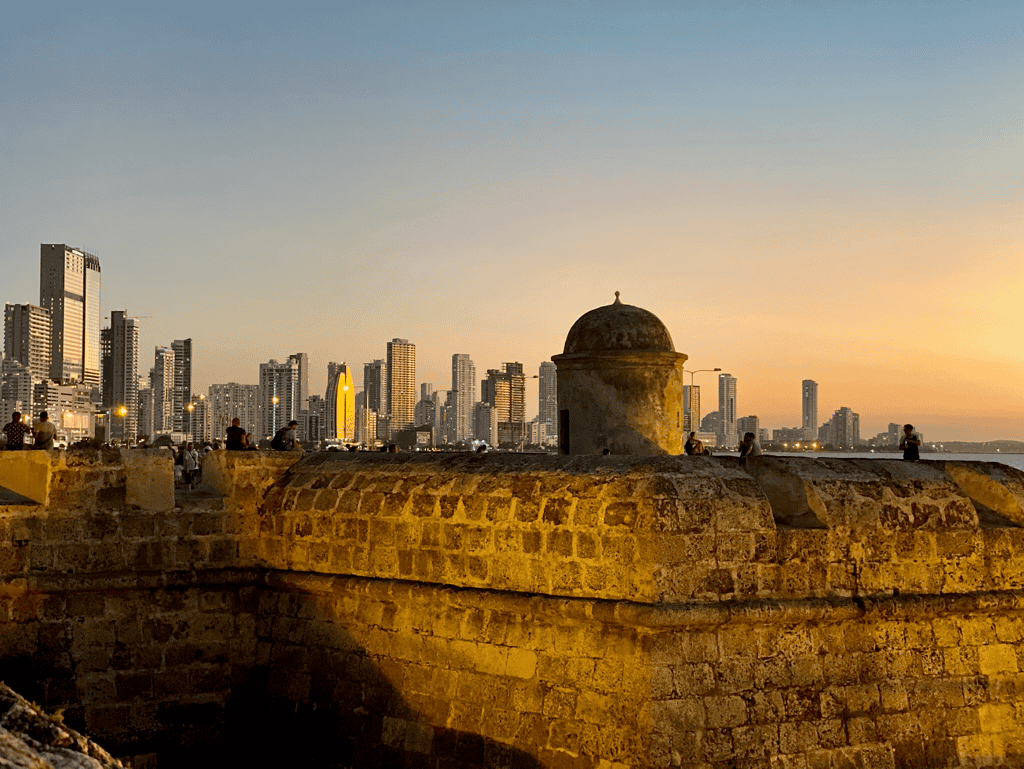
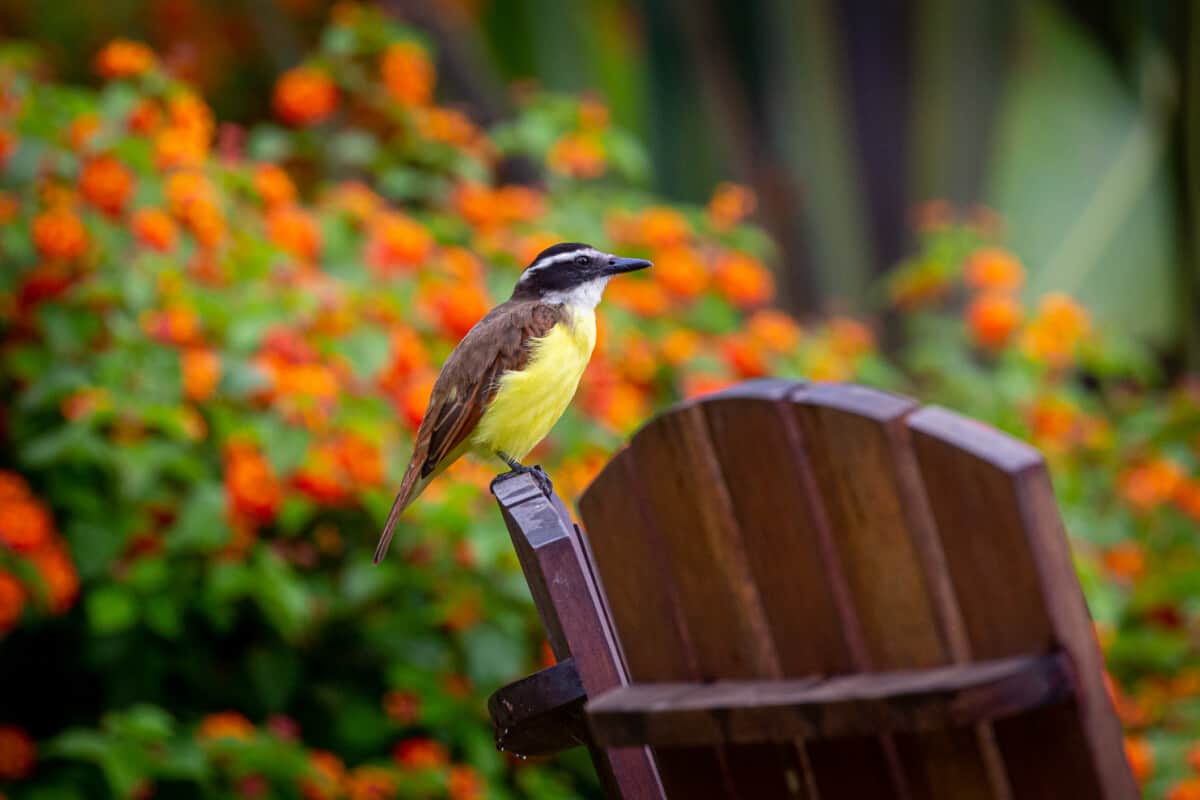
COFFEE TRIANGLE
After Cartagena, we flew Viva Air to Pereira and then stayed four nights at the beautiful 100-year-old working coffee farm, Hacienda Venecia.
The Colombian Coffee Region, a Unesco Heritage site, also known as the Coffee Triangle is part of the Colombian Paisa region in the rural area of Colombia.
Its central Andes departments of Caldas, Quindío, and Risaralda (towns of Pereira, Armenia, and Manizales) are dotted with haciendas. During the falling coffee prices, they reinvented themselves as chic guesthouses that enabled them to survive the downturn. Rolling green landscapes with soaring wax palms of Cocora Valley (the world’s tallest) are ideal for hiking and bird-watching. And then, of course, there’s an ample supply of the best quality coffee in the world and an abundance of mango, mandarin, and banana trees everywhere. This place was so beautiful and so hard to leave behind.
We took several tours from hacienda: Cocora Valley via the small towns of Filandia and Salento, Los Nevados National Park, and Tinamu Birding Reserve.
The spectacular Cocora Valley hiking trail, just outside the small picturesque town of Salento, takes in the cloud forest, jungle, farmland, and, to top it all off, the tallest palm trees in the world. Valley, full of iconic wax palms, which can measure up to 60 meters is an unforgettable sight to behold.
The colorful small towns of Filandia and Salento where we had some great cold coffee (granizado) were also a great treat on the way.
The next day we took a trip to Los Nevados National Park. Where else would you be able to visit multiple ecosystems such as cloud forest, preparamo, paramo, super paramo, and a high desert on the same day and end up at the thermal springs with flocks of hummingbirds above your head? And Colombia has more than half of the world’s páramos. Even though we were not able to see the volcano as it was completely covered by the mist, beautiful Laguna Negro, giant frailejones (pronounced frailehones), and other amazing flowers and plants, as well as hummingbirds at the hot springs, more than made up for it. Another fact you may not know: Colombia has more than 147 species of hummingbirds, and each bird can visit more than 2,000 flowers a day. As if it was not enough to see all those hummingbirds the next day we took a trip to Tinamu Birding Reserve, a former coffee farm turned into a hotel and birdwatcher’s paradise. I do not think we have ever seen so many incredible birds in one place before.
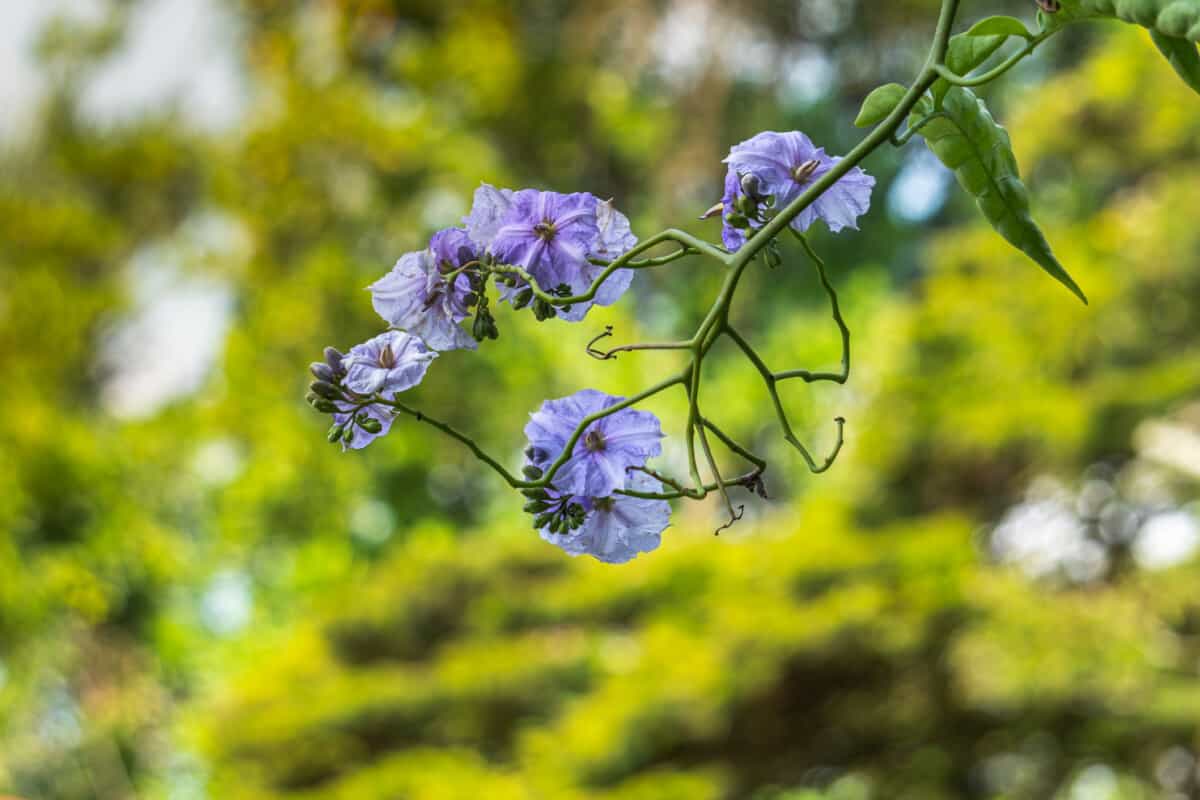
You can see images of Cocora Valley in the photos above and Los Nevados National Park and birds at Termales de Riuz and Tinamu Bird Reserve shown below.
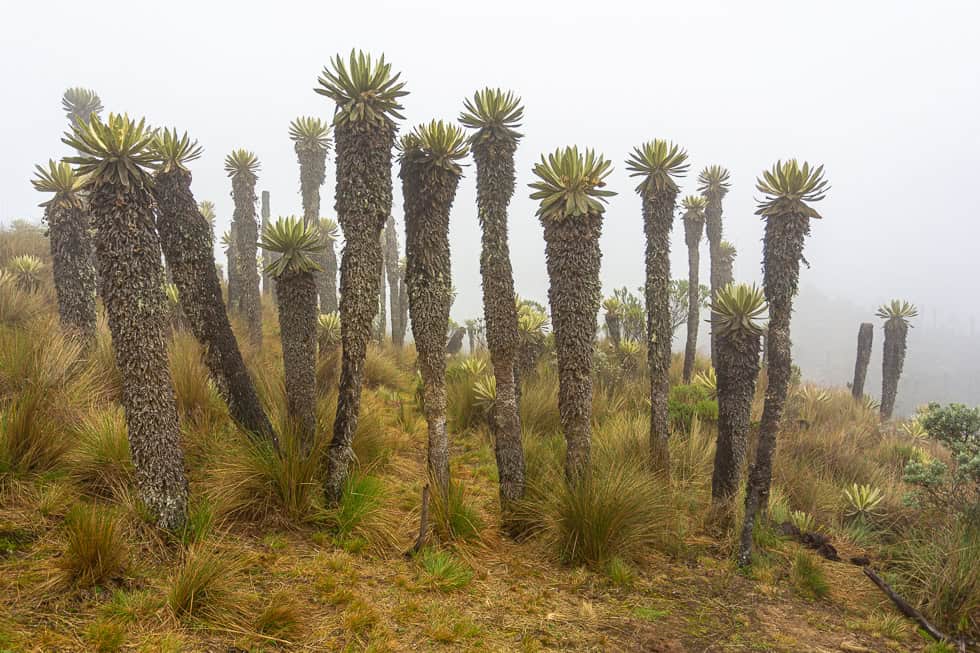

MEDELLIN, THE WORLD'S MOST INNOVATIVE CITY
Columbia is a country of superlatives and the narrative of Medellin, which transformed itself from the world’s most dangerous city to the most inventive one in 2013, surpassing that year both New York and Tel Aviv, is one of Columbia’s most remarkable tales. Everything happened in a short amount of time.
According to the Urban Land Institute, Medellin saw one of the most stunning urban turnarounds in contemporary history. It lauded the city’s open spaces, museums, and libraries as well as its infrastructure, which includes a sizable escalator and a cable car that residents of the underprivileged areas on the city’s steep hills, like Comuna 13, can use to travel to the city center, which is located in a valley. We traveled to the top of the enormous Park Arvi using its ultra-modern subway and a succession of two cable cars, which was a terrific experience. However, the city’s history of violence and slums has persisted despite all the construction, wonderful art, and amazing restaurant scene.
We took a Comuna 13 tour with a local guide, Santiago, who grew up in the neighborhood. You can read the story of Comuna 13 by following the link below: <https://www.atlasobscura.com/places/comuna-13>.
The short story is that in fewer than 20 years, it has been transformed from being the most dangerous neighborhood not just in Medellin but in the whole world into being one of the most colorful, artsy, and most visited ones. However, this transformation was made at the cost of many lives, artists, and musicians who tried to save youths from the cycle of violence and who were killed by the gangs. Some of their graffiti remains a harsh reminder of that reality. Also, a lot of innocent people died in military operations.
Parque Arvi is another face of this vibrant city. It is a nature preserve and archaeological site found outside of Medellín in the Abura Valley. Covering over 16,000 hectares, Parque Arvi is known for its wildflowers, nature tours, and over 54 miles of hiking trails. It also has a great authentic market where one can buy street food and handmade artisanal products. Both Comuna 13 and Park Arvi in Medellin symbolize for us the great promise this country holds for its younger generation despite all the despair and unrest of the last couple of months. We hope Colombia’s magic will be relived by many others like us looking for nature, art, and all things that make our lives beautiful and worth living. You can see views of Medellin and Communa 13 below and beautifully presented food at Carmen.
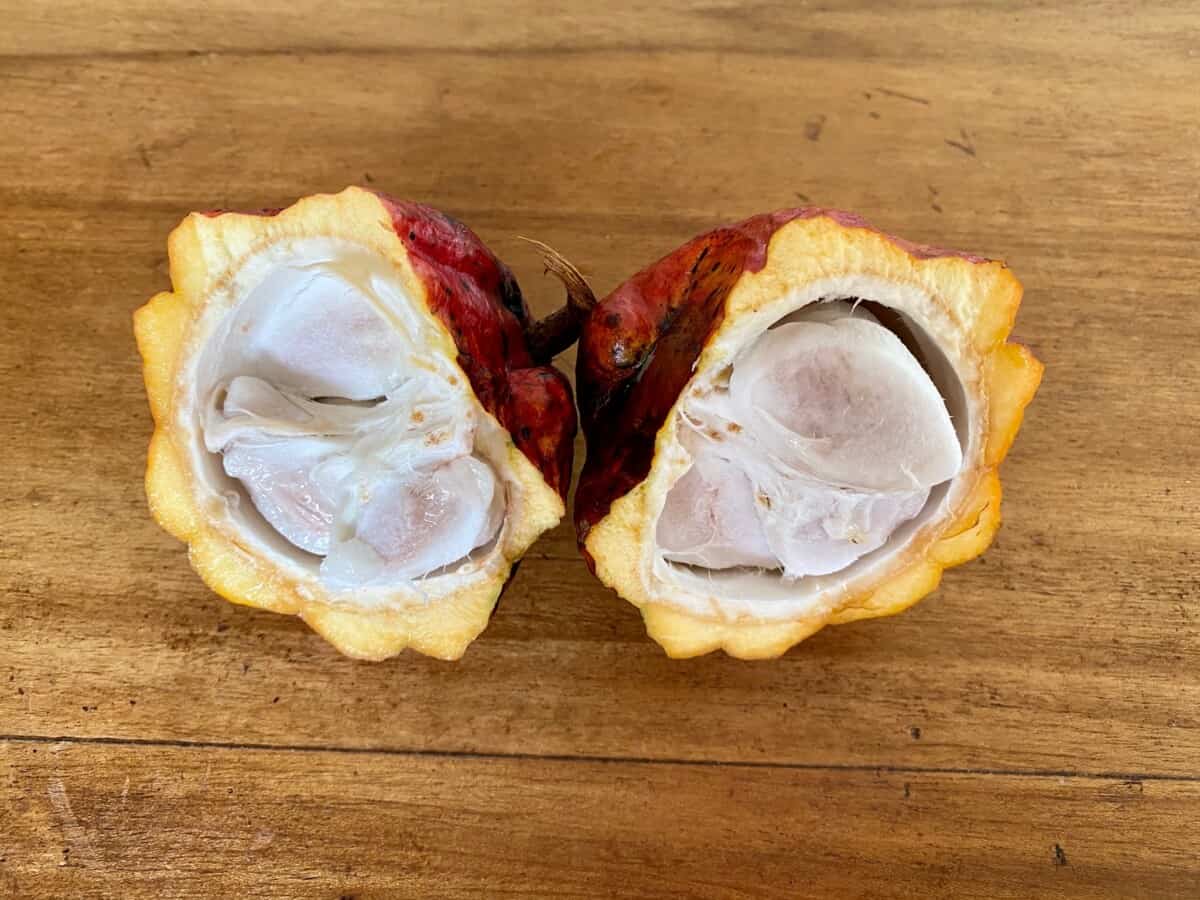
Wild Colombia:
<https://youtu.be/hPQYC-cmkQg>
<https://www.documaniatv.com/naturaleza/colombia-magia-salvaje-video_990c50168.html>
<https://www.theguardian.com/travel/2014/apr/04/colombia-lost-city-sierra-nevada>
Vernon and de Lezo story:
<https://historynewsnetwork.org/article/158253>
Exotic fruits of Colombia:
<https://medellinguru.com/tropical-fruits>
Paramo definition:
<https://en.wikipedia.org/wiki/P%C3%A1ramo?wprov=sfti>
Escobar and Berna:
<https://www.insightcrime.org/investigations/colombia-elites-and-organized-crime-don-berna>
Colombia’s Criminal Evolution:
<https://www.theatlantic.com/international/archive/2015/11/narcos-colombia-pablo-escobar/414921/>
<https://www.insightcrime.org/investigations/invisibles-colombias-new-generation-drug-traffickers/>
<https://www.insightcrime.org/investigations/ex-farc-mafia-colombia-repeat-history/>
<https://www.insightcrime.org/news/analysis/a-death-foretold-colombias-crop-substitution-program/>
>https://www.insightcrime.org/news/analysis/glyphosate-alone-wont-fix-colombia-complex-coca-woes/>
Medellin art:
<https://www.theguardian.com/world/2019/may/18/hip-hop-graffiti-art-medellin-paris-daniel-carvalho>